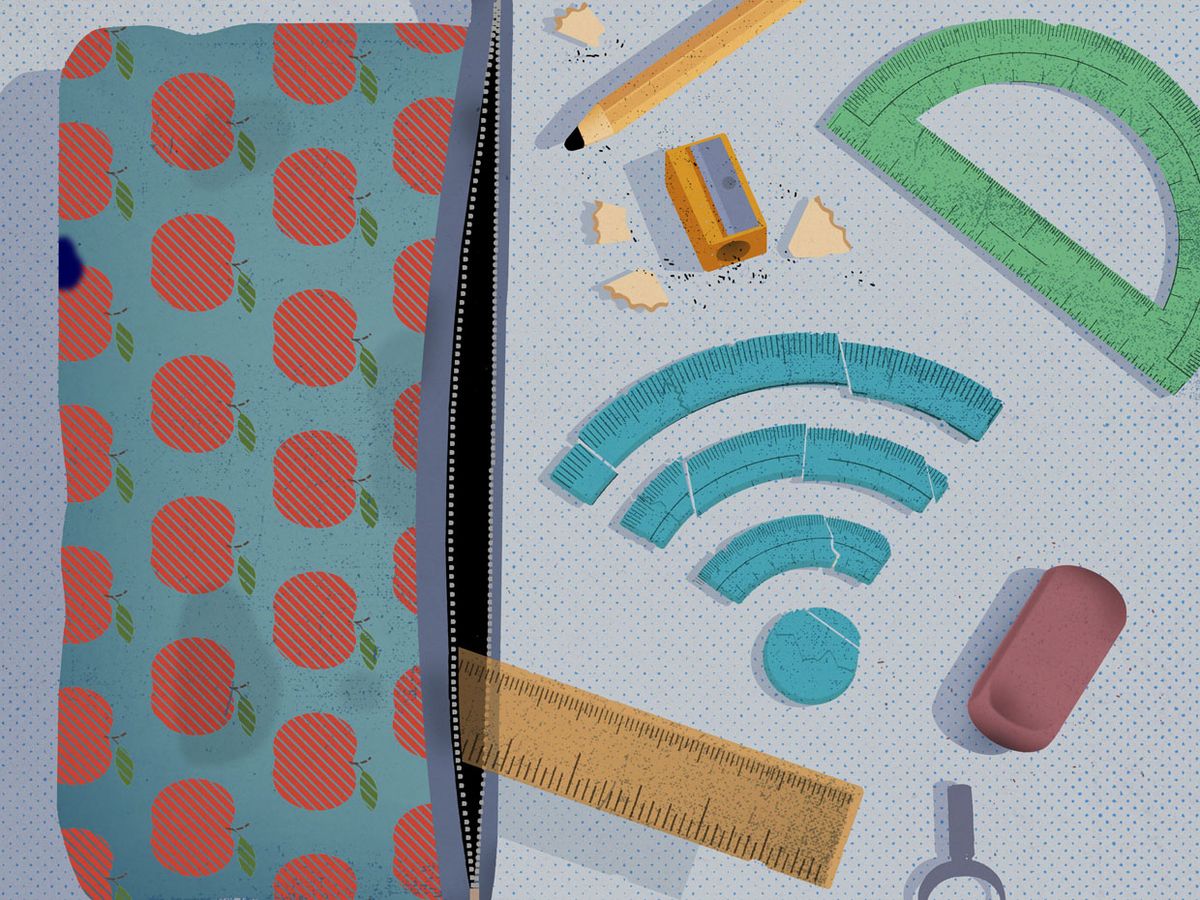The coronavirus pandemic has brought the broadband gap in the United States into stark relief—5.6 percent of the population has no access to broadband infrastructure. But for an even larger percentage of the population, the issue is that they can't afford access, or they get by on mobile phone plans. Recent estimates, for example, suggest that 15 million to 16 million students—roughly 30 percent of the grade-school population in the United States—lack broadband access for some reason.
The Federal Communications Commission (FCC) has punted on broadband access for at least a decade. With the recent change in the regulatory regime, it's time for the country that created the ARPANET to fix its broadband access problem. While the lack of access is driven largely by broadband's high cost, the reason that cost is driving the broadband gap is because the FCC's current definition of broadband is stuck in the early 2000s.
The FCC defines broadband as a download speed of 25 megabits per second and an upload speed of 3 Mb/s. The agency set this definition in 2015, when it was already immediately outdated. At that time, I was already stressing a 50 Mb/s connection just from a couple of Netflix streams and working from home. Before 2015, the defined broadband speeds in the United States were an anemic 4 Mb/s down and 1 Mb/s up, set in 2010.
If the FCC wants to address the broadband gap rather than placate the telephone companies it's supposed to regulate, it should again redefine broadband. The FCC could easily establish broadband as 100 Mb/s down and at least 10 Mb/s up. This isn't a radical proposal: As of 2018, 90.5 percent of the U.S. population already had access to 100 Mb/s speeds, but only 45.7 percent were tapping into it, according to the FCC's 2020 Broadband Deployment Report.
Redefining broadband will force upgrades where necessary and also reveal locations where competition is low and prices are high. As things stand, most people in need of speeds above 100 Mb/s have only one option: cable providers. Fiber is an alternative, but most U.S. fiber deployments are in wealthy suburban and dense urban areas, leaving rural students and those living on reservations behind. A lack of competition leaves cable providers able to impose data caps and raise fees.
What seems like a lack of demand is more likely a rejection of a high-cost service, even as more people require 100 Mb/s for their broadband needs. In the United States, 100 Mb/s plans cost $81.19 per month on average, according to data from consumer interest group New America. The group gathered broadband prices across 760 plans in 28 cities around the world, including 14 cities in the United States. When compared with other countries, prices in the United States are much higher. In Europe, the average cost of a 100/10 Mb/s plan is $48.48, and in Asia, a similar plan would cost $69.76.
Closing the broadband gap will still require more infrastructure and fewer monopolies, but redefining broadband is a start. With a new understanding of what constitutes reasonable broadband, the United States can proactively create new policies that promote the rollout of plans that will meet the needs of today and the future.
This article appears in the February 2021 print issue as “Redefining Broadband."
Stacey Higginbotham writes “Internet of Everything,” Spectrum’s column about how connected devices shape our lives. Tech writer Higginbotham enjoys covering the Internet of Things because the topic encompasses semiconductors, wireless networks, and computing hardware. She alsopublishes a weekly newsletter called Stacey Knows Things and hosts The Internet of Things Podcast. Higginbotham figures she has at least 60 IoT gadgets in her Austin, Texas, home, and she admits, “Frankly, I hate keeping it all up and running.”



